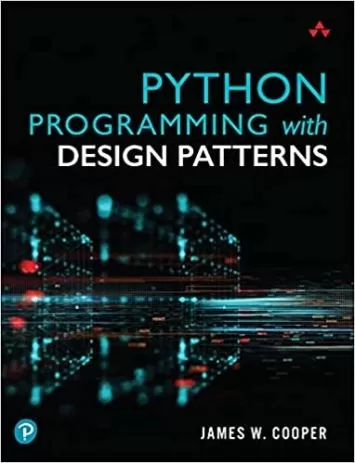
Python for Programmers: with Big Data and Artificial Intelligence Case Studies
Category
Author
Publication
Pearson
Review
Alison Sanchez, Assistant Professor in Economics, University of San Diego
A great introduction to Big Data concepts, notably Hadoop, Spark, and IoT. The examples are extremely realistic and practical. The authors do an excellent job of combining programming and data science topics. The material is presented in digestible sections accompanied by engaging interactive examples. Nearly all concepts are accompanied by a worked-out example. A comprehensive overview of object-oriented programming in Pythonthe use of card image graphics is sure to engage the reader.
Garrett Dancik, Eastern Connecticut State University
Covers some of the most modern Python syntax approaches and introduces community standards for style and documentation. The machine learning chapter does a great job of walking people through the boilerplate code needed for ML in Python. The case studies accomplish this really well. The later examples are so visual. Many of the model evaluation tasks make for really good programming practice. I can see readers feeling really excited about playing with the animations.
Elizabeth Wickes, Lecturer, School of Information Sciences, University of Illinois at Urbana-Champaign
An engaging, highly accessible book that will foster curiosity and motivate beginning data scientists to develop essential foundations in Python programming, statistics, data manipulation, working with APIs, data visualization, machine learning, cloud computing, and more. Great walkthrough of the Twitter APIssentiment analysis piece is very useful. Ive taken several classes that cover natural language processing and this is the first time the tools and concepts have been explained so clearly. I appreciate the discussion of serialization with JSON and pickling and when to use one or the otherwith an emphasis on using JSON over picklegood to know theres a better, safer way!
Jamie Whitacre, Data Science Consultant
For a while, I have been looking for a book in Data Science using Python that would cover the most relevant technologies. Well, my search is over. A must-have book for any practitioner of this field. The machine learning chapter is a real winner!! The dynamic visualization is fantastic.
Ramon Mata-Toledo, Professor, James Madison University
I like the new combination of topics from computer science, data science, and stats. This is important for building data science programs that are more than just cobbling together math and computer science courses. A book like this may help facilitate expanding our offerings and using Python as a bridge for computer and data science topics. For a data science program that focuses on a single language (mostly), I think Python is probably the way to go.
Lance Bryant, Shippensburg University
Youll develop applications using industry standard libraries and cloud computing services.
Daniel Chen, Data Scientist, Lander Analytics
Great introduction to Python! This book has my strongest recommendation both as an introduction to Python as well as Data Science.
Shyamal Mitra, Senior Lecturer, University of Texas
IBM Watson is an exciting chapter. The code examples put together a lot of Watson services in a really nifty example.
Daniel Chen, Data Scientist, Lander Analytics
Fun, engaging real-world examples will encourage readers to conduct meaningful data analyses. Provides many of the best explanations of data science concepts Ive encountered. Introduces the most useful starter machine learning modelsdoes a good job explaining how to choose the best model and what the best means. Great overview of all the big data technologies with relevant examples.
Jamie Whitacre, Data Science Consultant
A great introduction to deep learning.
Alison Sanchez, University of San Diego
The best designed Intro to Data Science/Python book I have seen.
Roland DePratti, Central Connecticut State University
I like the new combination of topics from computer science, data science, and stats.
Lance Bryant, Shippensburg University
The books applied approach should engage readers. A fantastic job providing background on various machine learning concepts without burdening the users with too many mathematical details.
Garrett Dancik, Assoc. Prof. of Computer Science/Bioinformatics, Eastern Connecticut State University
Helps readers leverage the large number of existing libraries to accomplish tasks with minimal code. Concepts are accompanied by rich Python examples that readers can adapt to implement their own solutions to data science problems. I like that cloud services are used.
David Koop, Assistant Professor, U-Mass Dartmouth
I enjoyed the OOP chapterdoctest unit testing is nice because you can have the test in the actual docstring so things are traveling together. The line-by-line explanations of the static and dynamic visualizations of the die rolling example are just great.
Daniel Chen, Data Scientist, Lander Analytics
A lucid exposition of the fundamentals of Python and Data Science. Thanks for pointing out seeding the random number generator for reproducibility. I like the use of dictionary and set comprehensions for succinct programming. List vs. Array Performance: Introducing %timeit is convincing on why one should use ndarrays. Good defensive programming. Great section on Pandas Series and DataFramesone of the clearest expositions that I have seen. The section on data wrangling is excellent. Natural Language Processing is an excellent chapter! I learned a tremendous amount going through it.
Shyamal Mitra, Senior Lecturer, University of Texas
I like the discussion of exceptions and tracebacks. I really liked the Data Mining Twitter chapter; it focused on a real data source and brought in a lot of techniques for analysis (e.g., visualization, NLP). I like that the Python modules helped hide some of the complexity. Word clouds look cool.
David Koop, Assistant Professor, U-Mass Dartmouth
I love the book! The examples are definitely a high point.
Dr. Irene Bruno, George Mason University
I was very excited to see this book. I like its focus on data science and a general purpose language for writing useful data science programs. The data science portion distinguishes this book from most other introductory Python books.
Dr. Harvey Siy, University of Nebraska at Omaha
Ive learned a lot in this review process, discovering the exciting field of AI. Ive liked the Deep Learning chapter, which has left me amazed with the things that have already been achieved in this field.
Jos Antonio Gonzlez Seco, Consultant
An impressive hands-on approach to programming meant for exploration and experimentation.
Elizabeth Wickes, Lecturer, School of Information Sciences, University of Illinois at Urbana-Champaign
I was impressed at how easy it was to get started with NLP using Python. A meaningful overview of deep learning concepts, using Keras. I like the streaming example.
David Koop, Assistant Professor, U-Mass Dartmouth
Really like the use of f-strings, instead of the older string-formatting methods. Seeing how easy TextBlob is compared to base NLTK was great. I never made word clouds with shapes before, but I can see this being a motivating example for people getting started with NLP. Im enjoying the case-study chapters in the latter parts of the book. They are really practical. I really enjoyed working through all the Big Data examples, especially the IoT ones.
Daniel Chen, Data Scientist, Lander Analytics
I really liked the live IPython input-output. The thing that I like most about this product is that it is a Deitel & Deitel book (Im a big fan) that covers Python.
Dr. Mark Pauley, University of Nebraska at Omaha
About the Author
Paul Deitel, CEO and Chief Technical Officer of Deitel & Associates, Inc., is a graduate of MIT, where he studied Information Technology. Through Deitel & Associates, Inc., he has delivered hundreds of programming courses worldwide to clients, including Cisco, IBM, Siemens, Sun Microsystems, Dell, Fidelity, NASA at the Kennedy Space Center, the National Severe Storm Laboratory, White Sands Missile Range, Rogue Wave Software, Boeing, SunGard Higher Education, Nortel Networks, Puma, iRobot, Invensys and many more. He and his co-author, Dr. Harvey M. Deitel, are the worlds best-selling programming-language textbook/professional book/video authors.
Dr. Harvey Deitel, Chairman and Chief Strategy Officer of Deitel & Associates, Inc., has over 50 years of experience in the computer field. Dr. Deitel earned B.S. and M.S. degrees in Electrical Engineering from MIT and a Ph.D. in Mathematics from Boston University. He has extensive college teaching experience, including earning tenure and serving as the Chairman of the Computer Science Department at Boston College before founding Deitel & Associates, Inc., in 1991 with his son, Paul. The Deitels publications have earned international recognition, with translations published in Japanese, German, Russian, Spanish, French, Polish, Italian, Simplified Chinese, Traditional Chinese, Korean, Portuguese, Greek, Urdu and Turkish. Dr. Deitel has delivered hundreds of programming courses to corporate, academic, government and military clients.









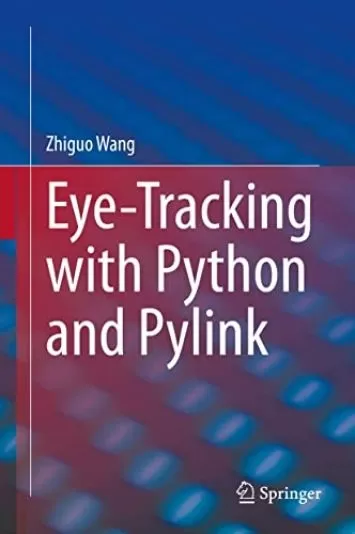
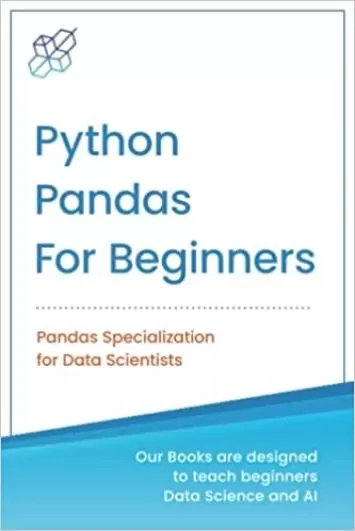
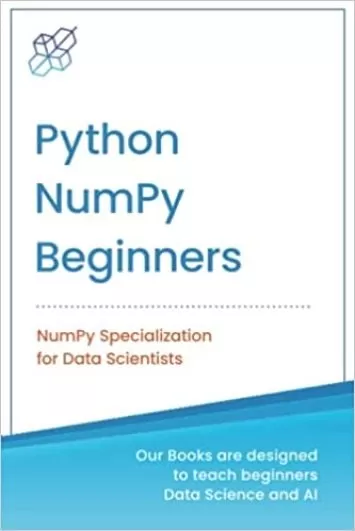

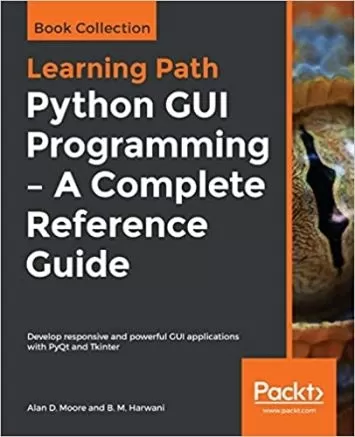

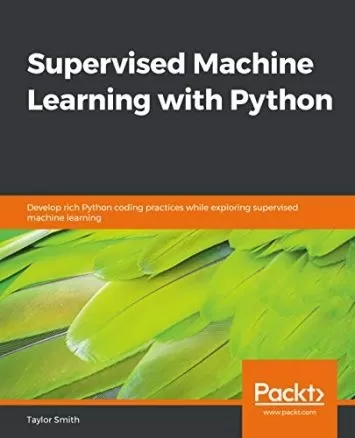
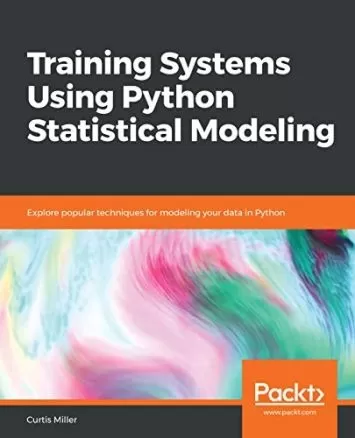

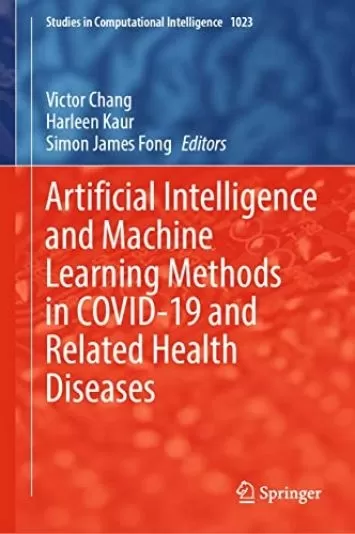





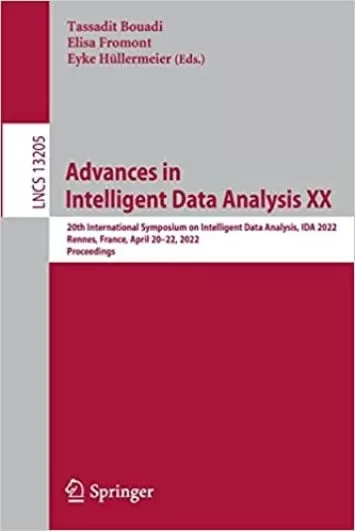



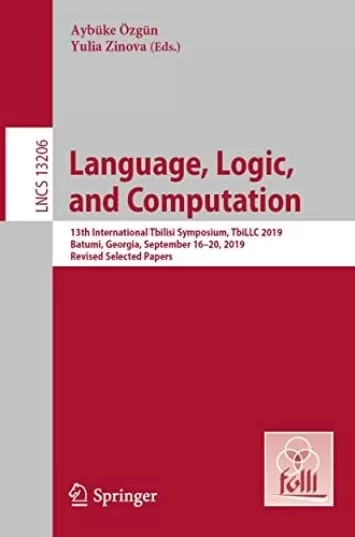




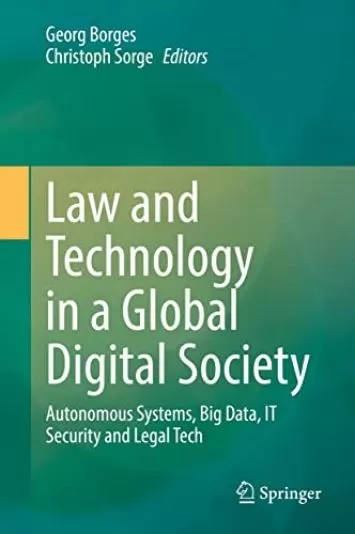
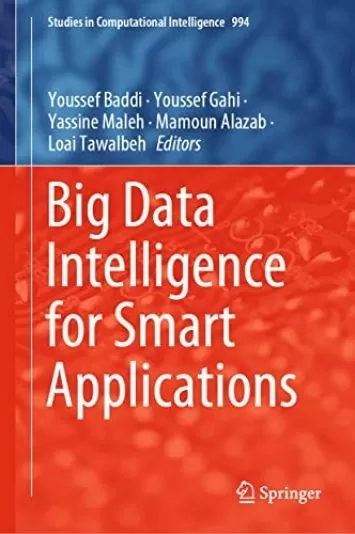
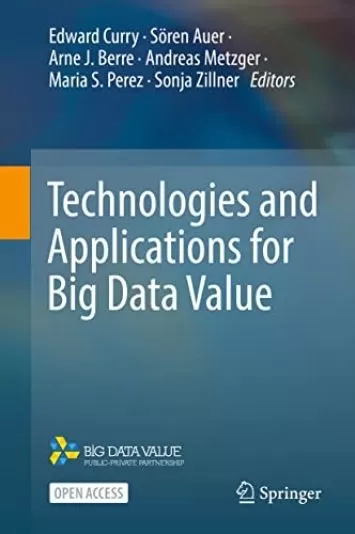
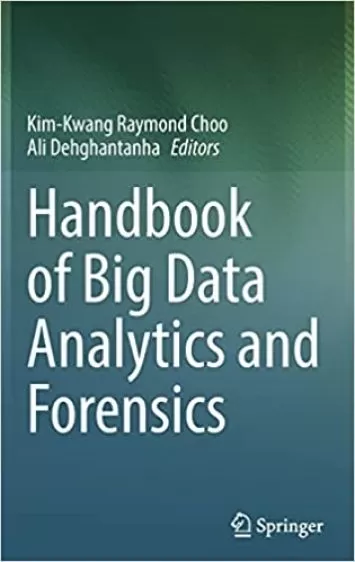




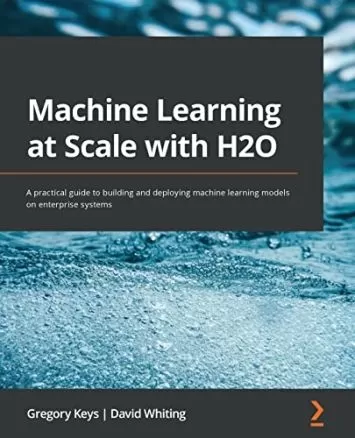





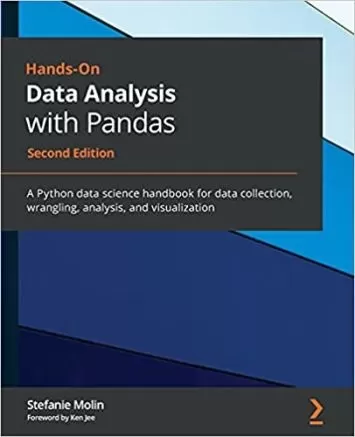

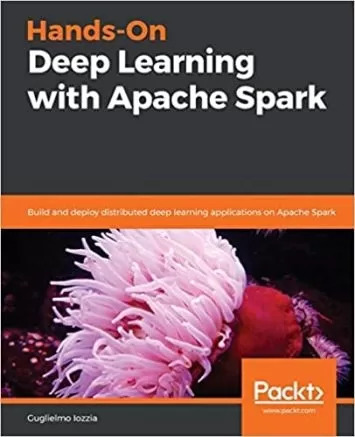
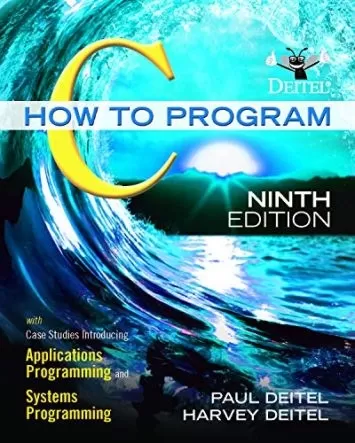

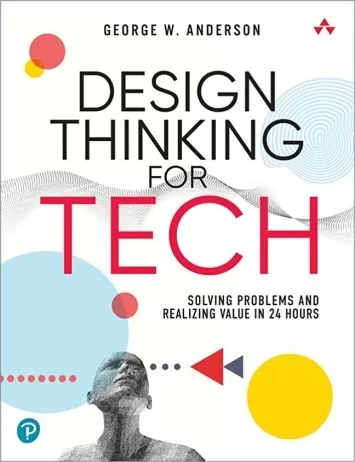
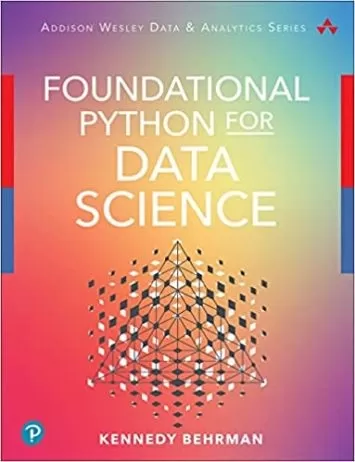
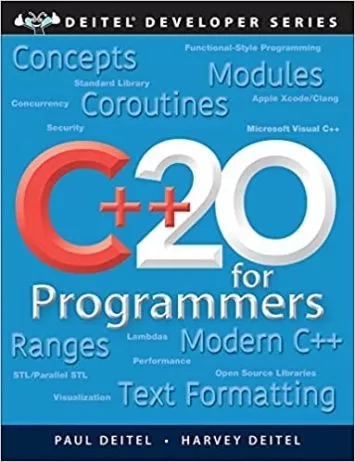
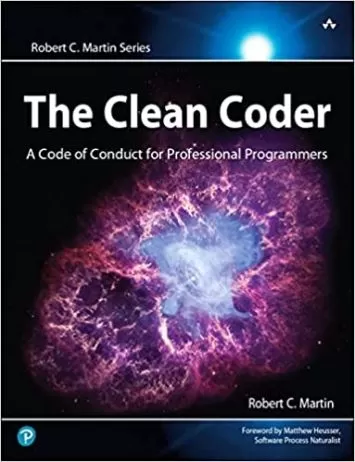
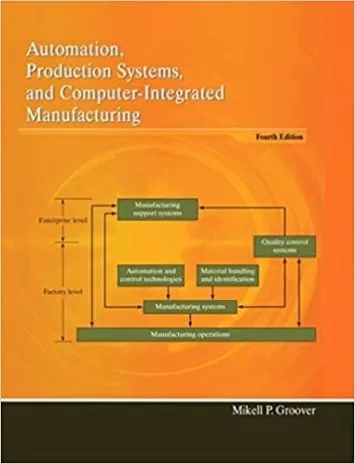
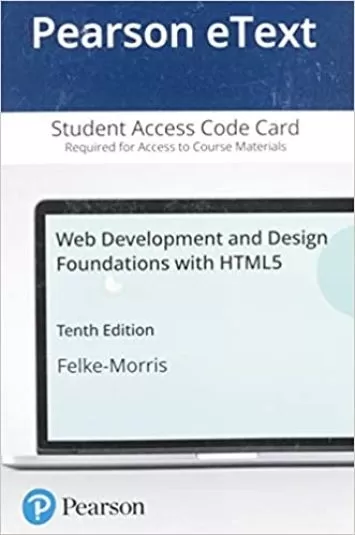
![Cryptography and Network Security: Principles and Practice [RENTAL EDITION]](https://traininghub.ir/image/books/books/2263-355x.webp)
